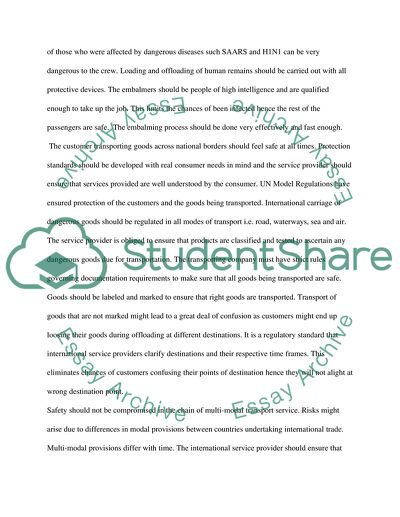Cite this document
(“International Transport Essay Example | Topics and Well Written Essays - 1500 words”, n.d.)
Retrieved from https://studentshare.org/miscellaneous/1556884-international-transport
Retrieved from https://studentshare.org/miscellaneous/1556884-international-transport
(International Transport Essay Example | Topics and Well Written Essays - 1500 Words)
https://studentshare.org/miscellaneous/1556884-international-transport.
https://studentshare.org/miscellaneous/1556884-international-transport.
“International Transport Essay Example | Topics and Well Written Essays - 1500 Words”, n.d. https://studentshare.org/miscellaneous/1556884-international-transport.


